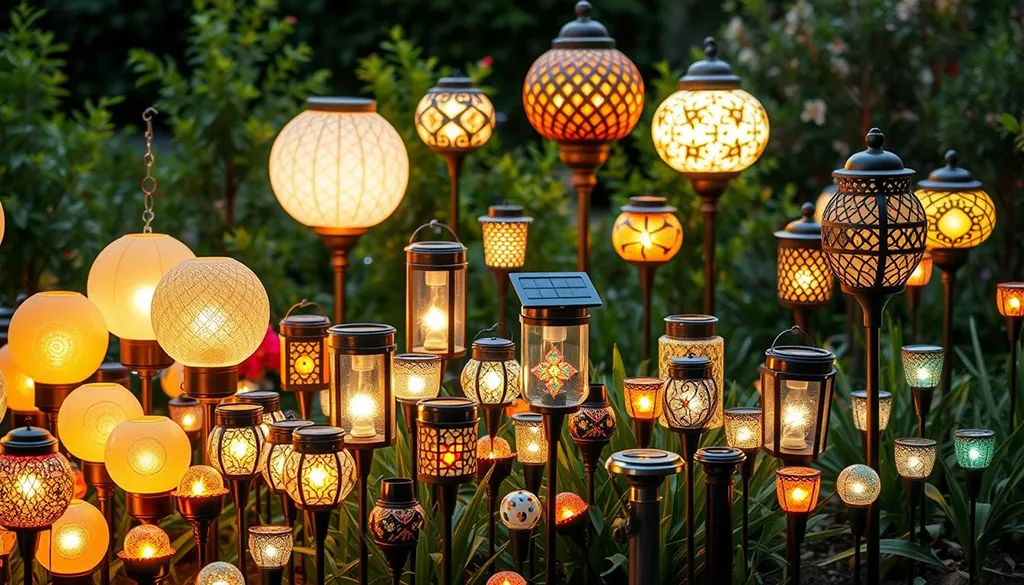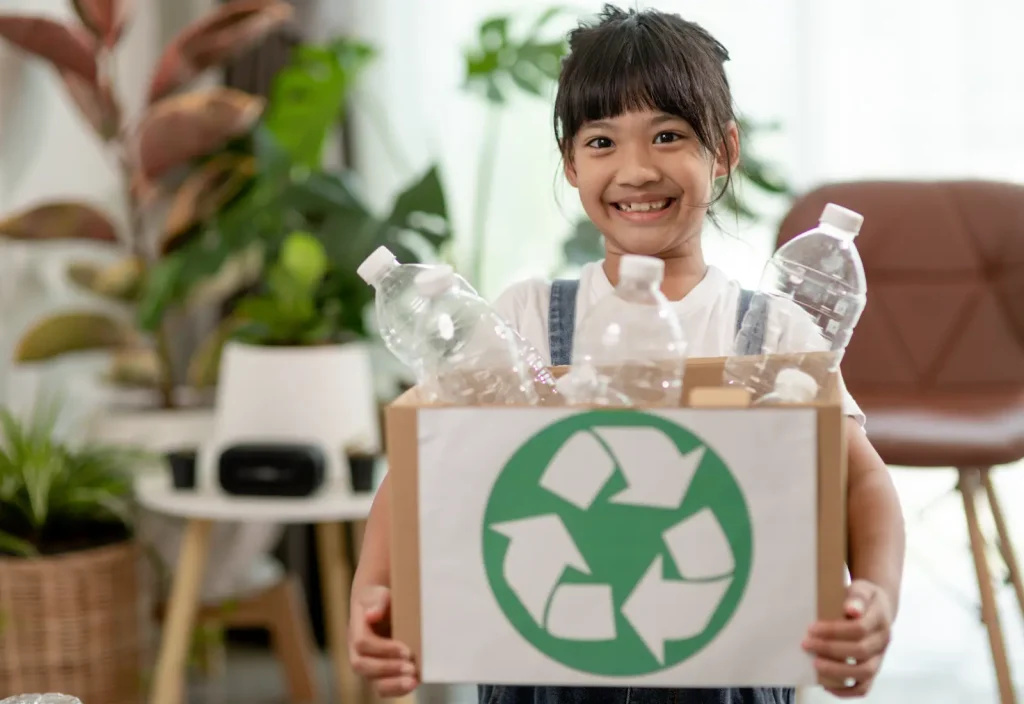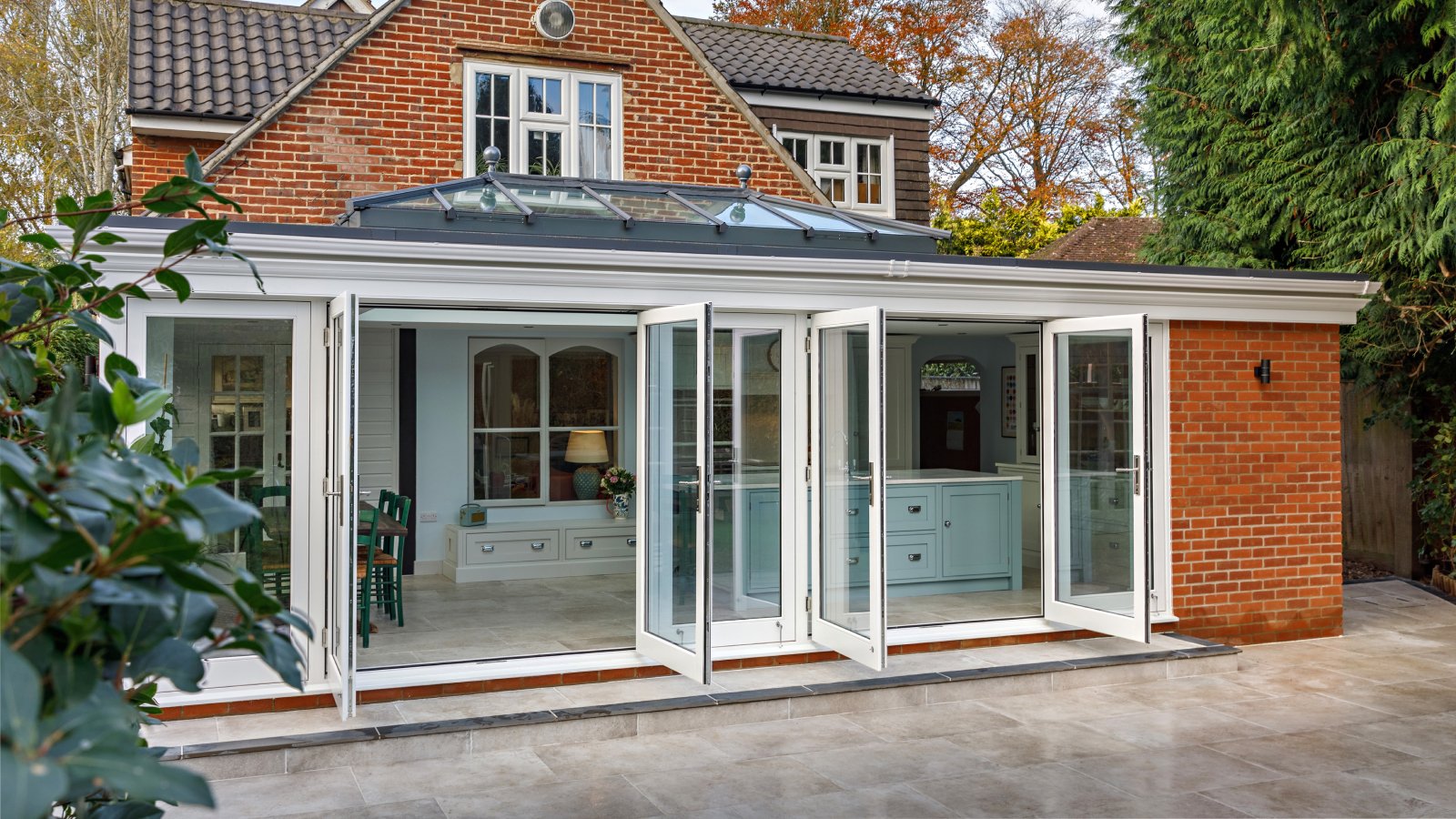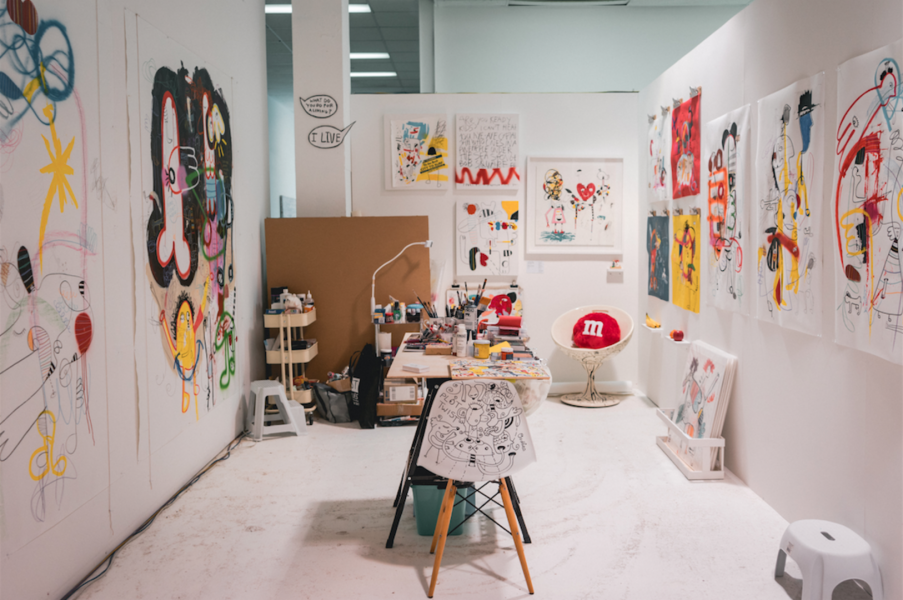Innovation, ecology, and design the pillars of modern renovation
Home and apartment renovation is a constantly evolving field, influenced by new technologies, environmental concerns, and shifting consumer preferences. In 2025, certain trends clearly stand out, transforming the way we reimagine our living spaces. In this article, we explore the must-know home renovation trends for 2025, with a focus on sustainability, technological innovation, and modern aesthetics. From energy optimization to the integration of home automation, every aspect of renovation is being rethought to meet the expectations of an increasingly environmentally and comfort-conscious clientele.
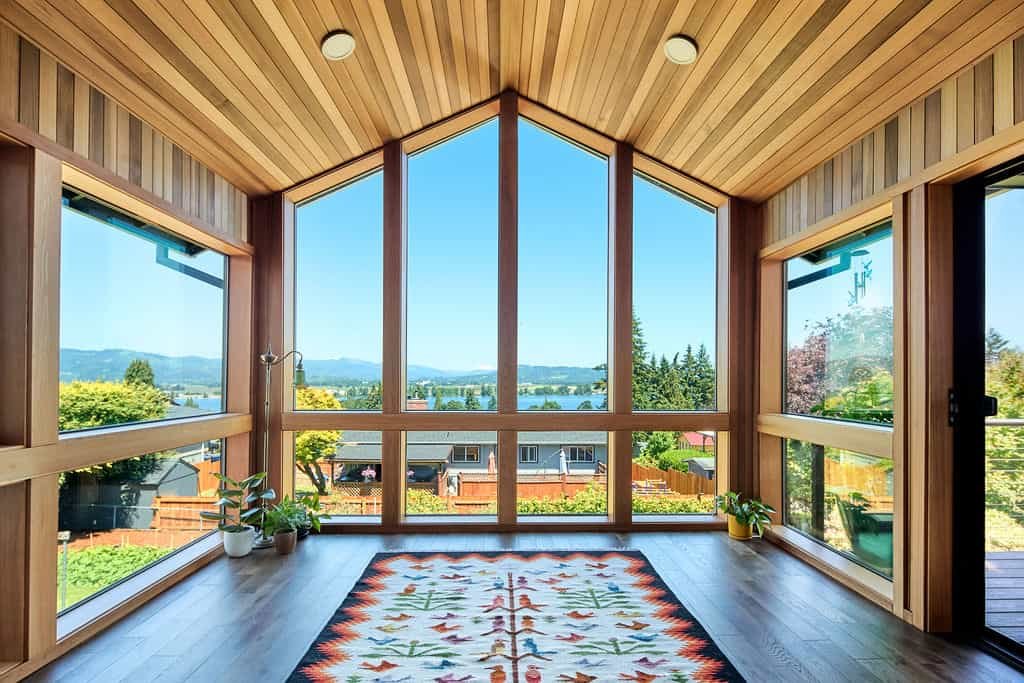
The importance of sustainable and ecological materials
In 2025, sustainability will be at the heart of renovation projects. Consumers are increasingly aware of the environmental impact of the materials they choose, and this is reflected in their renovation choices. Eco-friendly materials have therefore become a priority in the design and implementation of renovation projects. Certified wood, stone wool, low-VOC (volatile organic compound) paints, and recycled materials are appearing in many projects.
The use of natural materials, such as stone, wood, and linen, is also booming. These elements are not only environmentally friendly but also offer undeniable aesthetic benefits, bringing warmth and authenticity to spaces. Furthermore, these materials have a longer lifespan and require less maintenance, making them economically advantageous in the long run.
In 2025, the trend is toward materials that reduce the carbon footprint of renovations. For example, the use of low-carbon concrete, recycled bricks, or solar panels integrated into the roof is becoming commonplace. These choices not only reduce the energy consumption of buildings but also contribute to preserving the planet.
Energy renovation an ecological imperative
Environmental concerns are increasingly present in renovation projects, particularly regarding the energy efficiency of buildings. In 2025, energy renovation is imperative not only to reduce greenhouse gas emissions but also to save money in the long term. Among the main solutions to improve energy efficiency are reinforced thermal insulation, replacing windows with high thermal performance models, and installing smart heating systems.
Triple-glazed windows, for example, provide better insulation, reducing heat loss in winter and excess heat in summer. Similarly, energy-efficient heating systems, such as heat pumps, condensing boilers, or smart radiators, allow for more economical temperature regulation.
The integration of renewable energy sources, such as solar panels or domestic wind turbines, is also becoming a major trend in 2025. These installations allow households to produce their own energy, reducing their dependence on traditional electricity grids and helping to reduce their carbon footprint. The homes of tomorrow will not only be more environmentally friendly, but also more energy-independent.
Trendy colors for interiors between sobriety and boldness
The color palette for interiors in 2025 is a subtle blend of understated and bold. Neutral colors, such as shades of gray, beige, and off-white, remain popular for their ability to create bright and calming spaces. These tones are ideal for living rooms and bedrooms, where a calm and serene atmosphere is sought.
However, 2025 will also mark the return of bolder colors, including shades of deep blue, sage green, and mustard yellow. These colors will be used sparingly to add character to spaces. For example, a royal blue front door or an olive green accent wall can transform the feel of a room without overwhelming it.
Matte finishes, especially on walls, are also a strong trend for 2025. They create a modern and sophisticated ambiance, reducing glare. These colors, combined with natural materials like wood or stone, offer a harmonious contrast that conveys a sense of authenticity and comfort.
Home automation a must-have for the home of tomorrow
Home automation is a booming industry, and 2025 is shaping up to be the year when smart homes become a standard in renovations. Smart technologies make homes more convenient, secure, and energy-efficient. By integrating home automation systems into their renovations, homeowners can remotely control lighting, heating, ventilation, and security systems.
Among the most popular technologies are smart thermostats that automatically adjust the temperature based on occupant habits, and connected lighting that changes intensity depending on the time of day. These systems save energy while optimizing resident comfort.
Additionally, home security systems, such as connected cameras, motion sensors, and smart locks, offer added peace of mind. They can be controlled via a mobile app, allowing homeowners to monitor their homes, even remotely.
Minimalism revisited modernizes without overloading
Minimalism is a constantly evolving trend, and in 2025, it will be revisited to offer modern and functional spaces without sacrificing comfort. Minimalist interiors don’t necessarily mean empty or cold spaces; on the contrary, the trend is towards the use of carefully selected objects and the integration of smart storage solutions to avoid clutter.
Clean lines and geometric shapes are favored, and spaces are designed to be modular, allowing for flexibility in layout. Multifunctional furniture, such as sofa beds or extendable tables, maximizes space while maintaining an elegant design.
Neutral colors, natural materials, and soft textures dominate minimalist interiors in 2025, creating a calm and harmonious atmosphere. Tomorrow’s minimalism focuses on quality over quantity, with decorative elements that add character without overwhelming the space.
Natural materials in renovations, wood, stone, and more
Natural materials are making a comeback in modern renovations. Wood, stone, brick, and linen are increasingly used in 2025 renovation projects, both for their aesthetic and ecological qualities. These materials are durable, resistant, and bring a warm and authentic touch to spaces.
Wood, for example, is used not only for furniture, but also for flooring, ceilings, and even walls. Its natural appearance and varying shades create a soothing and timeless atmosphere.
Stone is also highly sought after, especially for kitchens and bathrooms. Granite or marble countertops are increasingly popular for their durability and elegance. Stone is also used to create accent walls or exterior cladding, bringing both strength and beauty to the renovation.
Outdoor design trends to adopt
Outdoor landscaping is becoming a key component of renovation projects in 2025. Homeowners are seeking to create functional, aesthetically pleasing, and comfortable outdoor spaces that allow them to fully enjoy nature while still providing privacy. Using natural materials for decks, walls, and fences is a strong trend, as is incorporating vegetation to soften spaces.
Urban gardens, patios, and balconies are being redesigned to provide spaces for relaxation and recreation, with comfortable furniture, ambient lighting, and decorative elements that add a touch of luxury. Outdoor spaces are also being designed to be sustainable, with smart irrigation systems and plants that are resistant to local climates.
Infinity pools and hot tubs are becoming popular features in high-end renovation projects, bringing a touch of luxury and wellness to the outdoors.
Technological trends for a luxury renovation
Luxury renovations in 2025 will be characterized by the integration of the latest technological innovations. High-end homeowners are looking to add cutting-edge features to improve the comfort and efficiency of their spaces. High-tech materials, such as self-cleaning tiles, smart windows that regulate temperature, and heated flooring, are now part of luxury renovations.
Air and water quality control technologies are also a priority for those looking to improve their quality of life. State-of-the-art air filtration systems, combined with water purification systems, provide the ultimate wellness experience.
The integration of augmented reality (AR) into renovation projects is also growing rapidly. AR allows homeowners to visualize changes to their spaces in real time, choose colors and materials, and adjust the layout according to their preferences.
2025 the year when renovation becomes smart and eco-responsible
Renovation trends for 2025 emphasize sustainable, modern, and technological solutions. From eco-friendly materials to the integration of home automation, refined aesthetic choices, and energy-efficient improvements, every aspect of renovation is being rethought to meet consumer expectations. By adopting these trends, you’ll transform your home into a more comfortable, environmentally friendly space that’s better suited to the challenges of tomorrow. So, don’t wait any longer to start your renovation project and incorporate these must-have trends into your next major project.

